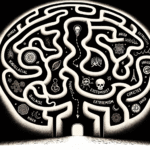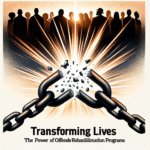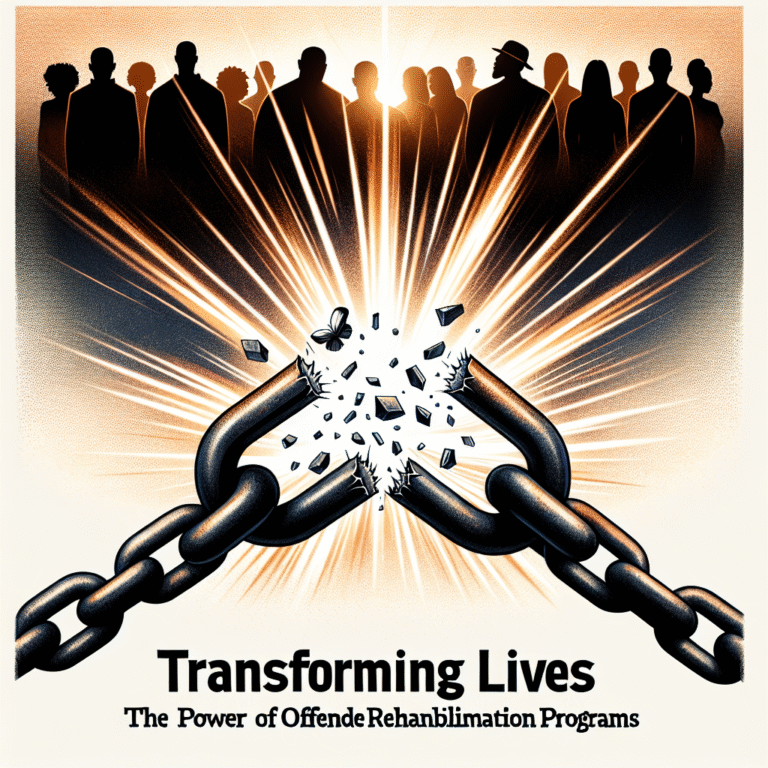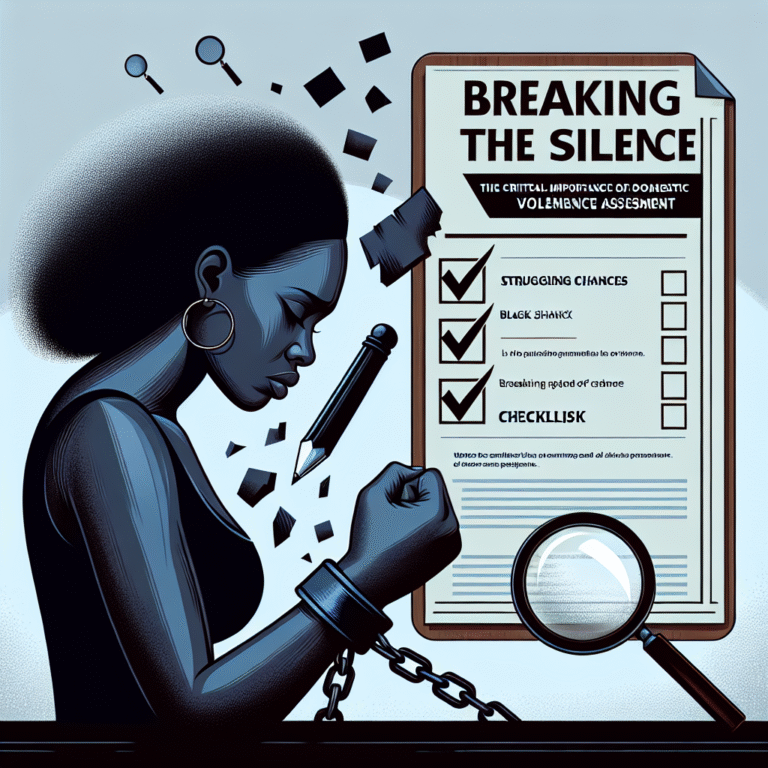
Introduction
In a world increasingly aware of mental health and psychological distress, effective trauma assessment stands as a cornerstone for professionals in various fields. Whether you’re a psychologist, social worker, healthcare provider, or educator, understanding how to accurately assess trauma can significantly impact treatment outcomes. Trauma manifests in diverse ways, and recognizing its nuances is essential for effective intervention. This article delves into the essential tools and strategies for effective trauma assessment, equipping professionals with the necessary insights to support individuals on their healing journey.
Understanding Trauma: A Foundation for Assessment
Before diving into assessment strategies, it’s crucial to understand what trauma is. Trauma is not a one-size-fits-all experience; it varies drastically from one individual to another. It can stem from various experiences, including:
- Acute Trauma: Resulting from a single distressing event (e.g., car accidents, natural disasters).
- Chronic Trauma: Arising from prolonged exposure to stressors (e.g., domestic violence, bullying).
- Complex Trauma: Involves multiple traumatic events, often of an invasive nature (e.g., childhood abuse, war experiences).
An effective trauma assessment would recognize these distinctions to accurately identify an individual’s needs.
Case Study: Evaluating Trauma in Veterans
To illustrate the relevance of effective trauma assessment, let’s consider a case study involving a group of veterans experiencing PTSD. Through careful assessment using a blend of standardized tools and personalized interviews, mental health professionals were able to distinguish between acute and chronic trauma experienced during deployment. This directed their treatment approach, emphasizing tailored therapy that addressed both immediate symptoms and long-term healing.
Tools for Effective Trauma Assessment
Utilizing the right tools is paramount for conducting an effective trauma assessment. Here are some widely recognized instruments and methodologies:
1. standardized questionnaires
Surveys like the Post-Traumatic Stress Disorder Checklist for DSM-5 (PCL-5) enable clinicians to evaluate PTSD symptoms related to an individual’s trauma history effectively. It provides a structured format for clients to express their experiences while also allowing for quantitative analysis.
2. Clinical Interviews
A personalized approach through clinical interviews allows professionals to gather qualitative data essential for understanding a client’s background and emotional state. Effective trauma assessment utilizes open-ended questions that foster an environment of trust and openness.
3. Observation and Behavioral Assessment
Non-verbal cues often reveal what individuals may not say. Trained professionals can observe reactions and behaviors that suggest trauma impact, offering deeper insights into the individual’s experience beyond what standardized measures could provide.
4. Risk Assessment Tools
In cases where trauma may pose a risk to self or others, reliable risk assessment tools are essential. These tools, such as the Columbia-Suicide Severity Rating Scale (C-SSRS), help determine urgent needs for intervention.
| Tool | Purpose | Notes |
|---|---|---|
| PCL-5 | PTSD symptom measurement | Standardized; research-backed |
| Clinical Interviews | Understanding personal narratives | Personalized approach; qualitative data |
| Behavioral Observations | Examining non-verbal cues | Adds depth to quantitative assessments |
| C-SSRS | Assessing risk of suicidality | Critical for immediate interventions |
Case Study: Implementing Behavioral Observations
Consider a child exhibiting withdrawal and anxiety in a school setting. Through careful observation, educators and psychologists noted changes in play behavior, which led to a deeper inquiry into potential trauma. Implementing both behavioral assessments and structured interviews resulted in a timely referral for support services.
Strategies for Effective Trauma Assessment
While tools are essential, the strategy behind their application is equally important. Here are proven strategies to enhance the effectiveness of trauma assessments:
1. Establish a Safe Environment
Creating a sense of safety is the foundational step in trauma assessment. Individuals need to feel secure in expressing their feelings. Use non-threatening communication and employ active listening to build rapport.
2. Use a Trauma-Informed Approach
Being trauma-informed means recognizing the widespread impact of trauma on individuals while understanding its potential effects. This approach shifts the focus from “What’s wrong with you?” to “What happened to you?”
3. Engage in Continuous Professional Development
The field of trauma assessment evolves rapidly. Regular training and continued education in new tools and strategies enhance professional competence, directly impacting client care.
4. Collaborative Assessment
Involving the client in the assessment process can increase engagement and willingness to share. Collaborative strategies may include co-creating assessment goals and discussing findings together.
Case Study: Implementing a Trauma-Informed Approach
A mental health clinic adopting a trauma-informed approach saw a marked increase in client engagement. By training staff on trauma’s impact on behavior, clients felt understood and respected, leading to more accurate assessments and successful outcomes.
The Role of Cultural Competency in Assessment
Understanding cultural factors is vital in effective trauma assessment. Different cultures may perceive trauma and healing differently. Factors such as language, beliefs about mental health, and alternative healing practices can significantly affect the assessment process.
Strategies for Enhancing Cultural Competency:
- Cultural Awareness Training: Regular workshops can help professionals understand diverse cultural backgrounds.
- Use of Interpreters: Facilitate communication with clients who don’t speak the primary language of the assessment provider.
- Inclusive Assessment Tools: Ensure tools are culturally sensitive and relevant to the diverse populations.
Example: Assessing Trauma in Refugees
When assessing trauma in refugees, professionals often need to navigate language barriers and cultural differences. By employing interpreters and adapting assessment tools to be culturally relevant, they can more accurately assess trauma and provide effective interventions.
Conclusion
Effective trauma assessment is not merely about identifying symptoms; it encompasses understanding the individual’s narrative, cultural context, and emotional state. With the right tools and strategies, professionals can significantly enhance their ability to support individuals on their path to healing. Remember, the journey of trauma recovery is deeply personal, and effective assessment lays the groundwork for meaningful change.
Actionable Insights
- Prioritize establishing a safe environment in your practice.
- Continually educate yourself on the latest tools and strategies in trauma assessment.
- Foster collaboration with clients to empower them in the assessment process.
FAQs
1. What is trauma assessment?
Trauma assessment refers to the evaluation process used to determine the effects of trauma on an individual, typically involving interviews, standardized questionnaires, and observational assessments.
2. How do I know which tools to use for trauma assessment?
Selecting assessment tools depends on various factors, including the individual’s demographics, the type of trauma experienced, and the professional’s training and experience.
3. Can trauma assessment be done online?
Yes, many standardized tools are available in digital formats, allowing professionals to conduct assessments remotely while ensuring privacy and confidentiality.
4. How often should I reassess trauma symptoms?
Regular reassessment is crucial—a general guideline is to evaluate symptoms every few months or during significant changes in the individual’s life.
5. Are there any risks associated with trauma assessment?
It’s important to approach trauma assessment sensitively, as discussions may trigger distressing emotions in the individual. Always ensure a supportive environment is in place.
By integrating these insights, professionals can effectively navigate the complex waters of trauma assessment, ensuring they provide the best possible care and support to those in need. Remember, effective trauma assessment is not just about tools—it’s about understanding, compassion, and a commitment to ongoing learning.

















